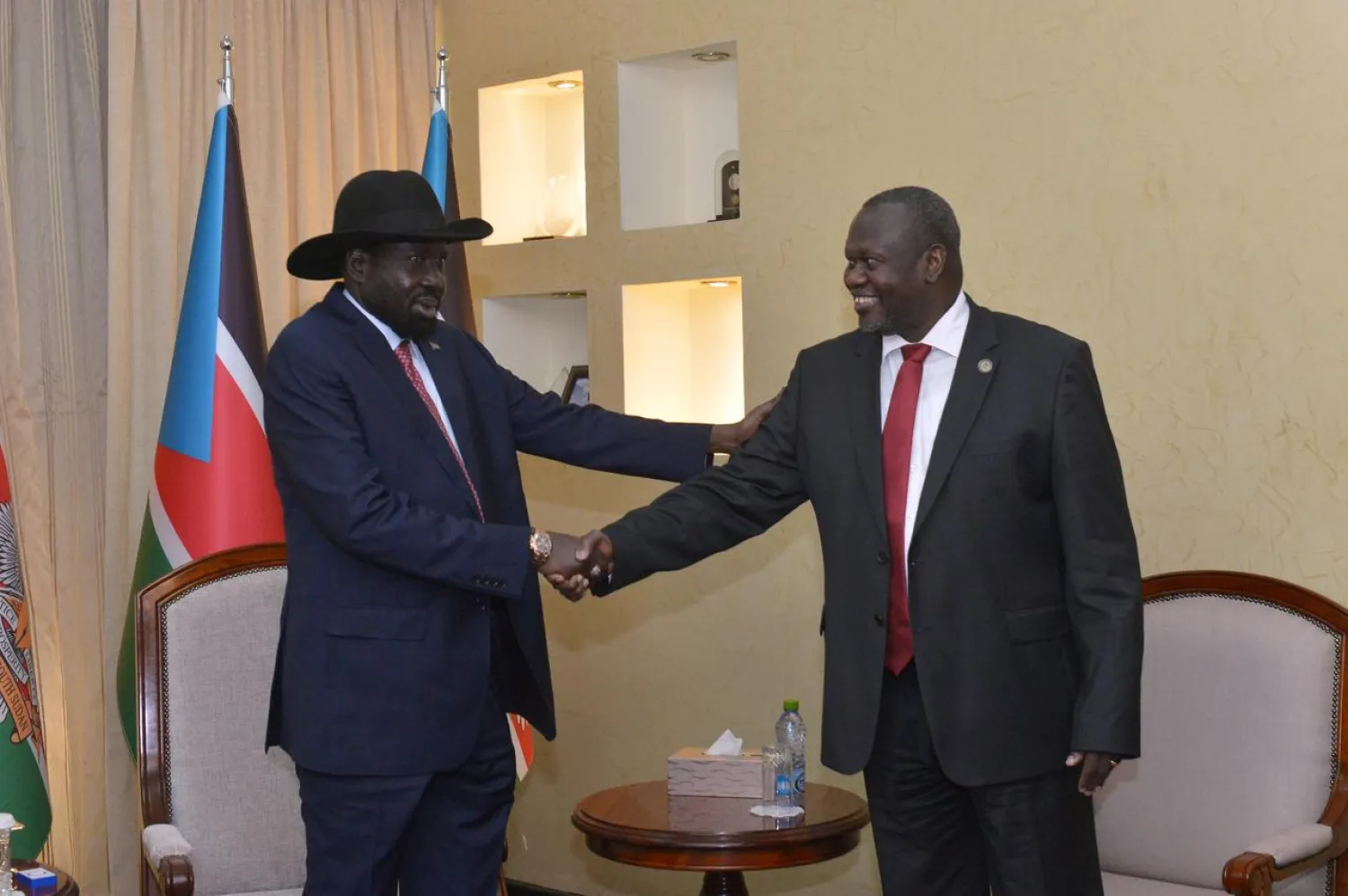South Sudan’s President Salva Kiir said he had reached a deal with former rebel leader Riek Machar on Tuesday to form a transitional unity government even if they fail to resolve all their differences before a new deadline.
Kiir and Machar signed a peace deal last year under pressure from the United Nations, United States and countries in the region to end a five-year civil war and agreed to form a unity government by Nov. 12.
But the two leaders pushed back the deadline by 100 days, prompting Washington to recall its ambassador and raising fears the civil war that created the worst refugee crisis in Africa since the Rwandan genocide might resume.
“We said that after 100 days we must form the government of national unity. If the arrangements are not complete, we shall form a transitional government of national unity to implement the outstanding issues,” Kiir told reporters after three days of talks with Machar in the capital Juba.
“The ceasefire will continue to hold and no one from us is willing to go back to war,” Kiir said.
Both sides blame each other for not meeting milestones stipulated by the peace deal, especially the integration of different fighting forces.
The United States imposed sanctions on two senior South Sudanese officials on Monday for their role in perpetuating the conflict and said it was ready to impose other measures on anyone seeking to derail the peace process.







